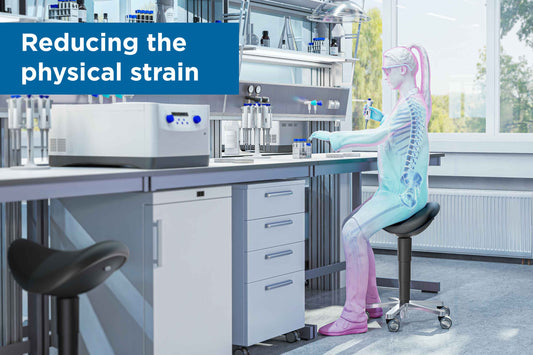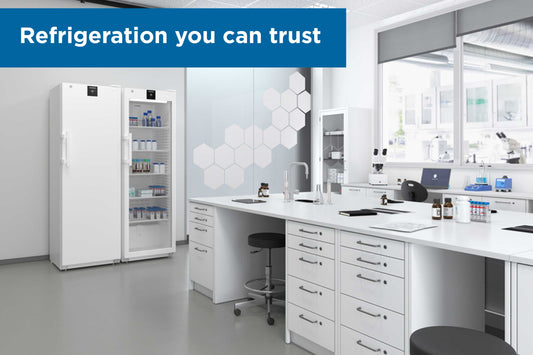Maintaining hygiene in food processing and pharmaceutical environments takes more than just robust policies. Businesses need to create a workplace culture focused on the hygienic mindset. One of the most effective ways to embed this within daily operations is through the implementation of zoning strategies. By clearly defining and visually reinforcing hygiene boundaries within a facility, zoning encourages staff to adopt a disciplined mindset and, most importantly, adapt their behaviours to varying risk levels. This structured approach not only safeguards product integrity but also builds a workforce that instinctively prioritises cleanliness and compliance at every step. We’ve compiled our top tips for effective zoning strategies below:
Create clear boundaries between zones
The most obvious starting point is creating physical barriers into hygienic zones. This can be done via seating benches, prompting staff to change clothing and PPE as they cross the barrier, or even walk-through sanitising equipment such as our hygiene stations, turnstiles and boot washer ranges. This is particularly crucial in areas where staff cross from low to high-risk environments.
Visual cues should also be used to subconsciously signal to staff the hygienic implications and concerns of each zone. This can be implemented via coloured furniture, signage and flooring. It’s good practice to limit the number of zones to 3-4 per facility to prevent confusion among staff as training should be provided on the expectations and processes as well as how they vary for each area.

Equipment for each zone
To reduce the chance of cross-contamination, equipment and trolleys should have dedicated zones which include sterilisation or cleaning facilities, such as autoclaves, without crossing hygienic zones. This will also aid allergen management within food production facilities. Where possible, tools should be colour coded to reinforce this strategy in accordance with HACCP guidelines.
While the use of colour-coded equipment is not strictly required within the GMP (Good Manufacturing Practice) guidelines, using colour-coded tools is a risk-reduction strategy that aligns with GMP's core principles of proactive contamination control. These can be neatly organised and stored using our customisable shadow board range which can be tailored to the required tools and colour coded systems.
Consider the flow
Unidirectional flow plays a critical role within zoning strategies by reinforcing the physical separation between areas of differing hygiene levels. It ensures that people, products, equipment, air and waste move in a single, logical direction from "dirty” to clean areas, or raw to finished, without backtracking or crossing paths. This directional movement complements physical zoning markers, helping to control contamination risks at every stage of production.
Effective zoning is about more than dividing space. By combining clear boundaries, dedicated equipment, colour-coding and unidirectional flow, businesses can create environments that not only meet compliance standards but actively promote a hygienic mindset among staff. When supported by training, visual cues and well-defined procedures, zoning becomes a powerful tool to reduce the risk of cross-contamination and protect product integrity.
If you want to find out more about how we can help support zoning strategies within your facility, please contact our knowledgeable sales team on +44 (0)1603 788 833 or email mail@teknomek.co.uk.




